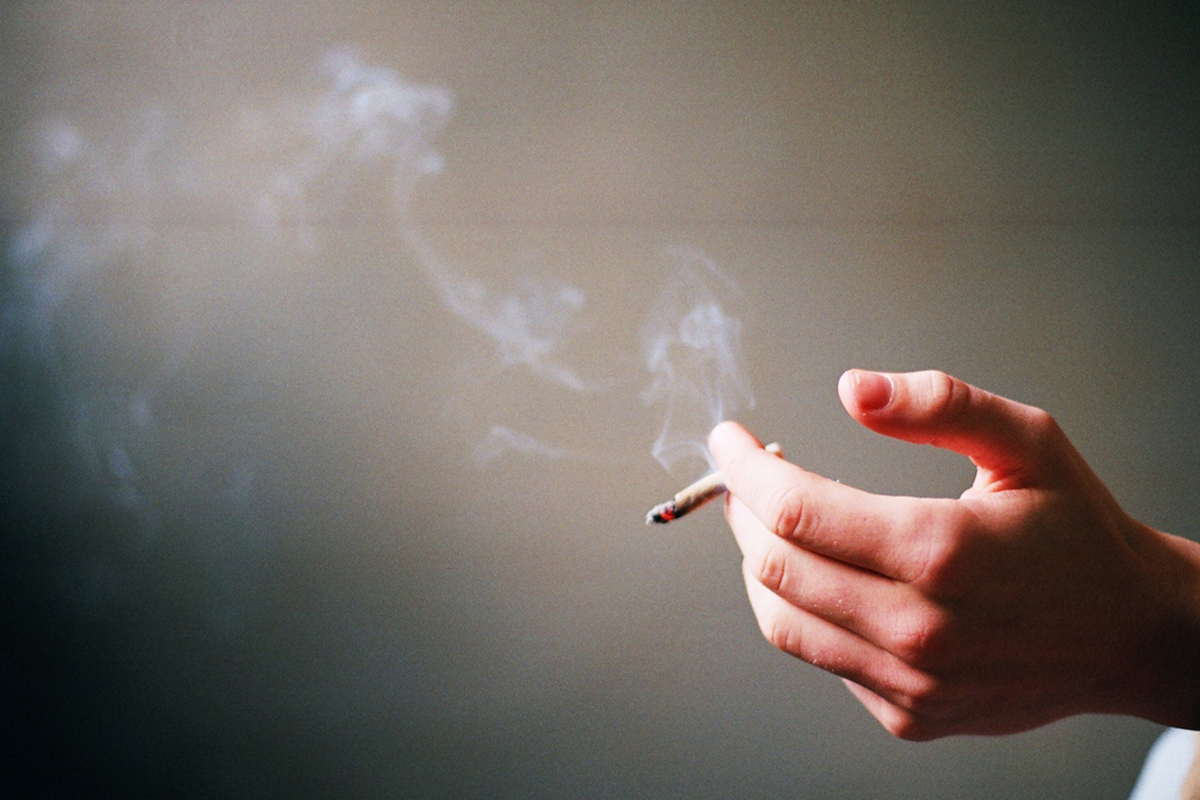Table of Contents
The concept of third-hand smoke is relatively new and researchers are still looking for more evidence on its possible dangers. More than 30 years ago, complete bans on indoor smoking in public places started to be enforced after clear evidence proved that cigarette smoke is dangerous even to non-smokers, with a goal of protecting public health and reducing the number of smokers in the general population.

In one study, investigators compared the effects of exposing mice to two types of environments: one, wherein typical household items were previously exposed to second-hand smoke (representing THS), and another, wherein the environment did not receive second-hand smoke (control). Both environments were well-ventilated to simulate normal household environments of smokers and non-smokers. After six months of exposure, the results showed that animals which were exposed to THS excreted increased levels of NNAL, a cancer-causing (carcinogenic) substance specific to tobacco, which was comparable to the levels found in children whose parent/s smoked. The scientists observed that THS-exposed mice were hyperactive and showed signs of liver, lung and skin reactions, which were not observed in the control mice.
Another study published in Mutagenesis found that the concentration of toxic compounds on surfaces that have been exposed to second-hand smoke increased with chronic exposure. When these toxic compounds were allowed to interact with human cells in a laboratory for 24 hours, destructive changes in the cells' DNA (the genetic material) were observed. The authors concluded that third-hand smoke can damage a person's DNA (genotoxic) and may lead to the development of cancer and other diseases in the future, specially with prolonged exposure.
Doctors, abd especially pediatricians are now concerned that children, especially infants and small children, are at an increased risk from the effects of THS compared to adults because of their greater exposure to house dust, which can stick to their skin and be ingested from their fingers as they crawl and play around the house. Residues of nicotine, the major chemical found in tobacco, can react with indoor air pollutants, ozone, or nitrous acid to form tobacco-specific nitrosamines (TSNA), which are carcinogenic. Furthermore, researchers at the Los Angeles Biomedical Research Institute at Harbor-UCLA Medical Center found that even prenatal exposure to TSNAs and other toxins from THS can disrupt the development of the lungs in rats.
Read More: Quit Smoking on Great American Smoke Out Day
What We Can Do
The growing amount of evidence suggesting that THS is something to be taken seriously has led some employers to impose a total ban on smoking during workdays, not only indoors, but anywhere.
There are many resources for chronic smokers who want to quit smoking but do not know how to start or remain smoke-free. You can talk to your doctor about getting help to quit smoking. The internet is a rich source of information and references for organizations that can guide you through the process. Free smoking cessation apps are also available for mobile devices and these can help you keep track of your progress daily. The best way to achieve your goal is to use a combination of self-help resources, medical advice, individual and group counseling to protect not only your own health but also of your loved ones and other people around you.
- Martins-Green M, Adhami N, Frankos M, et al. Cigarette Smoke Toxins Deposited on Surfaces: Implications for Human Health. PLOS One. http://www.plosone.org/article/info%3Adoi%2F10.1371%2Fjournal.pone.0086391
- DOE/Lawrence Berkeley National Laboratory. Carcinogens form from third-hand smoke. ScienceDaily. ScienceDaily, 9 February 2010. http://www.sciencedaily.com/releases/2010/02/100208154651.htm
- WebMD. Risks of Thirdhand Cigarette Smoke Can Linger. http://www.webmd.com/smoking-cessation/news/20110113/risks-of-thirdhand-cigarette-smoke-can-linger
- Hang B, Sarker A, Havel C, et al. Thirdhand smoke causes DNA damage in human cells. Mutagenesis, 2013. http://mutage.oxfordjournals.org/content/early/2013/03/04/mutage.get013.abstract
- Huffington Post. Your Nose Knows: The Invisible Threat of 'Thirdhand Smoke.' http://www.huffingtonpost.com/2011/08/26/thirdhand-smoke-smoking-risks_n_938241.html
- Photo by shutterstock.com
- Photo courtesy of Kristaps Bergfelds by Flickr : www.flickr.com/photos/narciss/4019482132/
- www.huffingtonpost.com
- mutage.oxfordjournals.org
- www.webmd.com
- www.sciencedaily.com
- www.plosone.org


Your thoughts on this